
America’s traditions are like old family recipes – cherished, passed down, and full of stories. These customs have shaped our communities, defined family life, and brought people together in myriad meaningful ways. Yet, in our rapidly evolving world, many of these unique American customs and ways of life are beginning to fade away, often unnoticed until we pause to reflect on their absence. It is a poignant reminder of how quickly things can change, and it compels us to consider what special American traditions might not be around for the next generation.
We often find ourselves caught in the whirl of modern life, with technology racing ahead and lifestyles shifting at an unprecedented pace. This constant evolution leads to new customs and conveniences, but it also means that beloved elements of our shared identity are gradually disappearing. From the social hubs of yesteryear to the personal rituals of communication, these vanishing traditions are more than just quaint relics; they are pieces of our collective history, offering a window into a simpler, perhaps more connected, time.
This article embarks on a nostalgic journey, diving deep into a selection of American traditions that are on the brink of disappearance. We will explore what made these practices so special, the roles they played in everyday life, and the undeniable forces of progress and changing preferences that are causing their quiet erosion. Through this exploration, we aim to appreciate these customs while they still linger, understanding what their fading presence means for the future of our culture, community, and the very fabric of American identity.

1. **Drive-in Movie Theaters** These outdoor cinemas were once a quintessential slice of Americana, reaching their heyday in the 1950s and 1960s. Drive-in movie theaters were wildly popular in the mid-20th century, providing a unique form of entertainment. Families would pile into their cars, often bringing their own snacks and blankets, for a memorable night under the stars. The big screens offered an unparalleled way to enjoy movies, complete with crackling speakers hooked onto car windows, creating an unbeatable experience with your favorite people.
For many, a trip to the drive-in was a popular weekend activity for families and couples, offering a perfect blend of public entertainment and personal comfort. It wasn’t just about the film; it was the entire ritual – the anticipation, the communal atmosphere, and the novelty of watching a blockbuster from the familiarity of your own vehicle. This unique dining experience usually brought people together, making it a central point of community entertainment.
However, the landscape of entertainment has drastically shifted. With the rise of multiplex theaters and the overwhelming convenience of streaming services, drive-ins have started to fade away. The number of drive-in theaters has dwindled dramatically, with only a few hundred left across the country. Modern movie fans often prefer the comfort and convenience of watching at home or in traditional indoor theaters, presenting barriers such as easier access and rainy weather that drive-ins face.
While some drive-ins experienced a brief resurgence during the pandemic, the reality is that this nostalgic tradition is on the brink of extinction. Many have sadly closed over the last few years due to high maintenance costs and changing entertainment preferences. Nowadays, people are increasingly reluctant to indulge in the charm of it all, preferring to stay at home and watch movies on streaming sites instead. Though a few remain, it’s getting harder to find a nearby drive-in, leaving a void where a vibrant piece of American culture once thrived.
Read more about: Step Back in Time! 14 Jaw-Dropping Pictures That Prove the 1950s Were Totally Wild and Way Cooler Than You Think
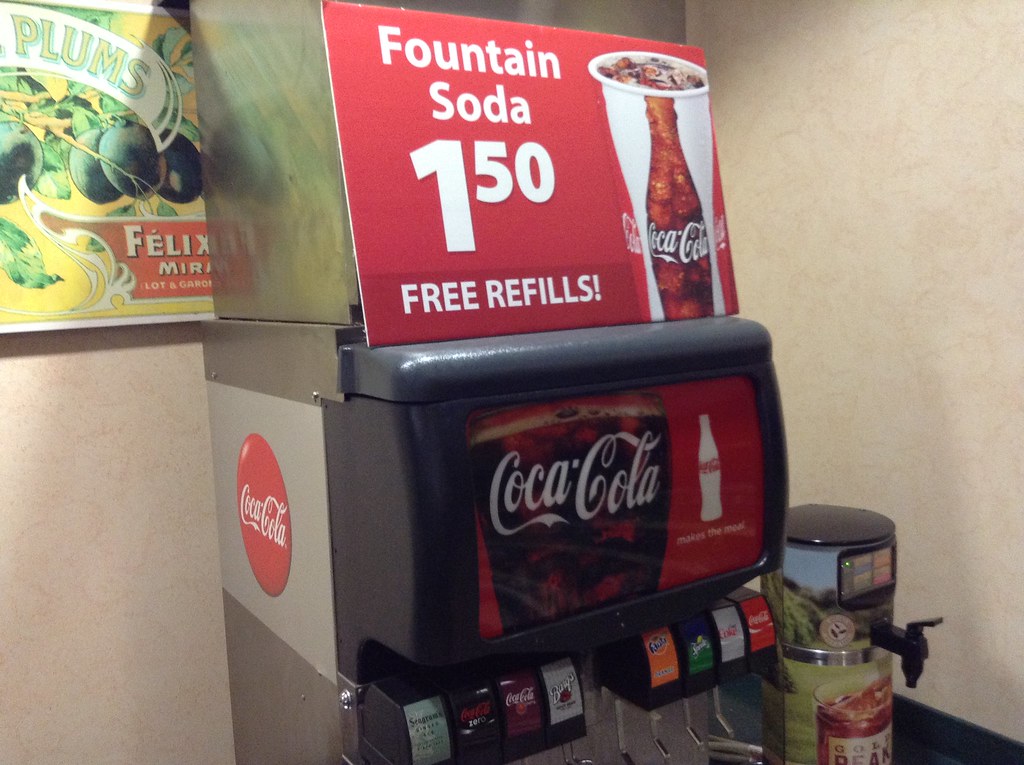
2. **Soda Fountains** Soda fountains were once the heart of many drugstores and diners, serving as vibrant social hubs for communities across America. These beloved establishments would serve up a delightful array of fizzy drinks and ice cream sundaes, drawing in customers of all ages. The skilled soda jerks, a term of endearment for the expert counter attendants, would mix flavors and create foamy treats, adding a touch of theatricality to every order.
These spots played a significant cultural role, particularly among teens and young adults in the mid-20th century. They weren’t just places to grab a refreshment; they were essential meeting spots where people could grab a root beer float, chat with neighbors, and forge connections. The soda fountain experience represented fun, simplicity, and community, acting as a gathering place for gossip, dates, and casual conversations.
Over time, however, the cultural significance and widespread presence of soda fountains began to wane. The rise of fast-food restaurants, coupled with the increasing availability of vending machines and bottled beverages, gradually made soda fountains obsolete. The convenience of these new options overshadowed the charm and personalized service that soda fountains offered.
Today, only a handful of authentic soda fountains remain, mostly existing as novelty attractions or within a few retro-style diners. These nostalgic setups offer a glimpse into the past, but for younger generations, the concept of what a soda fountain experience once represented – fun, simplicity, and a vital community nexus – is largely unknown. Their transformation into historical curiosities underscores a broader shift in how Americans socialize and consume food and drink.
Read more about: The Undeniable Rise: 12 Vintage Cars That Have Skyrocketed to 10x Their Original Value
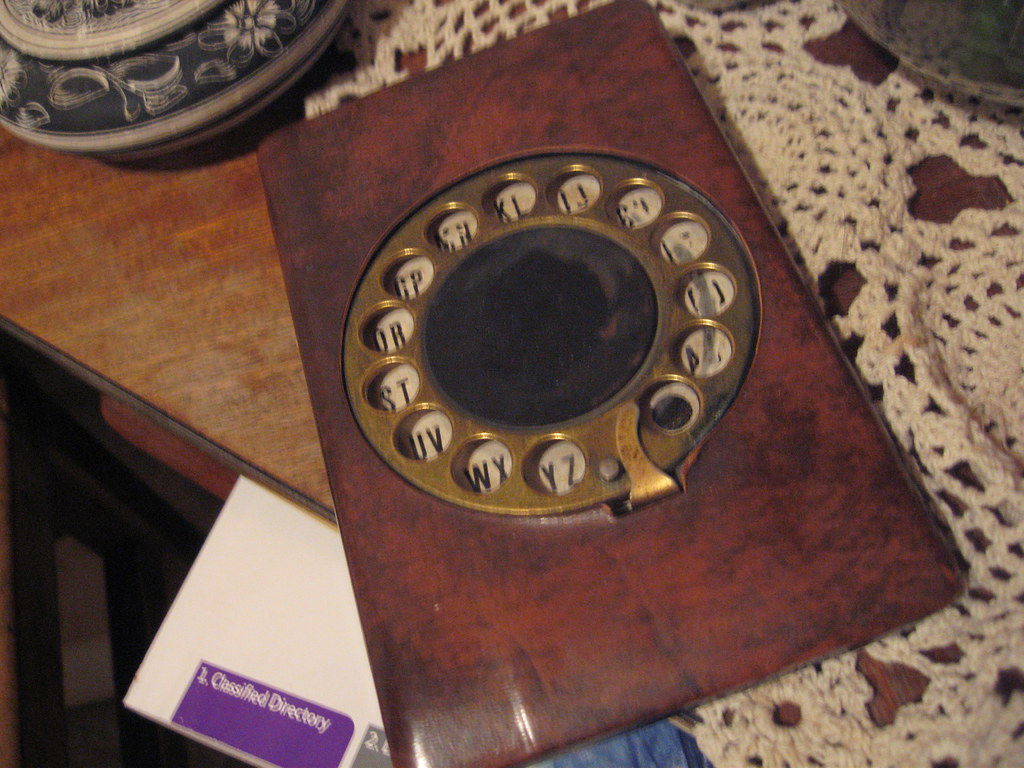
3. **Phone Books** Before the digital age revolutionized how we access information, phone books were an indispensable part of American households and businesses. These thick, weighty books of phone numbers and addresses used to be delivered to every home and business, becoming a familiar and expected arrival. Their presence was so common that they were not merely utility items but occasionally became part of cultural lore, with tearing them in half even becoming a feat of strength.
People relied heavily on these directories for a multitude of everyday tasks. They were the go-to resource for finding local services, whether it was a plumber, a restaurant, or a dry cleaner. Individuals would also use them to look up friends’ numbers, a straightforward process that connected communities. Beyond their primary function, phone books even served as makeshift booster seats for children at the dinner table, highlighting their versatile integration into family life.
The advent of modern technology, particularly smartphones and online directories, has rendered physical phone books largely obsolete. The immediacy and comprehensive nature of digital search engines and contact lists have superseded the need for printed editions. With information accessible at our fingertips through portable devices, the practicality of a cumbersome paper directory has diminished significantly.
Consequently, physical phone books are becoming increasingly rare. What was once a universally distributed and essential item now finds itself relegated to the fringes of utility, if it exists at all. Their disappearance marks a profound shift in how information is accessed and disseminated, symbolizing the swift digital transformation that has swept through American daily life.
Read more about: Exposed: 14 Dark Secrets and Scam Tactics of the Wellness Industry’s Most Deceptive Gurus
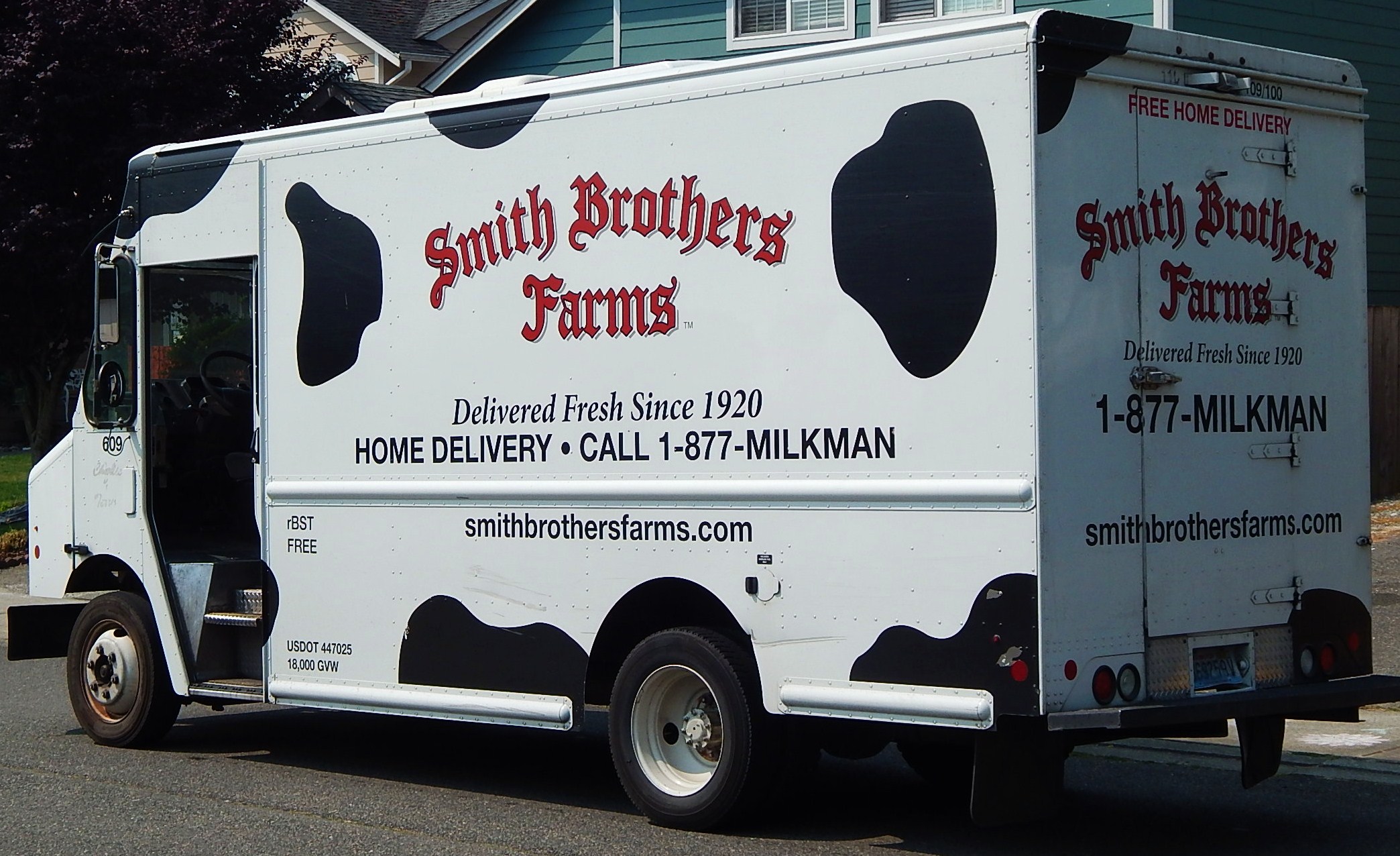
4. **Milk Delivery** The image of a milkman carrying glass bottles to your doorstep is pure nostalgia, a vivid recollection for many Americans of a bygone era. For decades, the milkman was once a regular and cherished sight in American neighborhoods, embodying a reliable, everyday part of American life. Fresh milk in glass bottles would appear on doorsteps early in the morning, a consistent and convenient service that brought dairy products directly to the consumer.
This service operated on a simple, yet efficient, system: families would leave out their empty glass bottles to be collected, and in return, fresh, full ones would be left. This personal touch ensured a steady supply of dairy products, forming a routine and trusted connection between households and their local food sources. Years ago, before most households owned refrigerators, this daily delivery was not just a convenience but a necessity, ensuring perishable items were always fresh.
However, as American society evolved, so did its shopping habits and technological capabilities. The widespread proliferation of grocery stores made it easy for people to purchase their milk during regular shopping trips, eliminating the need for daily doorstep service. Concurrently, improvements in refrigeration technology meant that milk could be stored safely at home for longer periods, further diminishing the demand for frequent deliveries.
While a few niche delivery services have experienced a modern comeback, particularly with organic and specialty options, the widespread practice of milk delivery is largely gone. It is no longer the norm for most households, having been replaced by bulk buying and plastic jugs from supermarkets. The disappearance of the milkman and the glass bottle symbolizes the end of a more personal and routine connection to local food sources, fading into irrelevance as a cherished tradition.
Read more about: Devon: Unveiling the Enduring Spirit of England’s Southwestern County
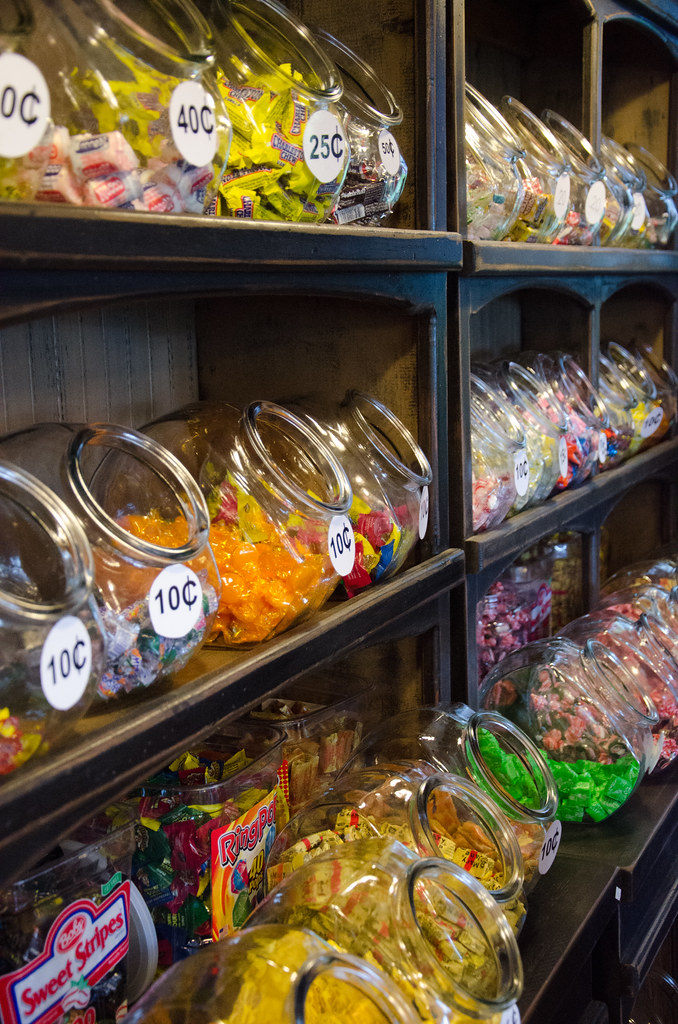
5. **Penny Candy Stores** Penny candy stores were, for many children, a veritable paradise, a wonderland filled with jars of colorful candies that could be purchased for the modest sum of just one penny each. These small shops, often found nestled in small towns, represented a magical space where a child’s allowance could stretch to an impressive assortment of sweets. The sheer variety and the accessibility of these treats made them incredibly special.
The experience of visiting a penny candy store was a cherished ritual for children. They would meticulously save their allowance, and then, with great care and deliberation, they would choose each piece of candy, often creating a personalized mix of their favorite flavors and textures. This act of careful selection was not merely about satisfying a sweet tooth; it was an early lesson in economics and decision-making, offering a practical way for children to learn about money management.
Beyond the sweets and the lessons, these stores were also integral parts of their communities, often serving as local gathering spots for children after school or on weekends. They fostered a sense of independence in young patrons, allowing them to make their own small purchases and interact with shopkeepers. The colorful displays and the sheer joy of a penny’s worth of candy created lasting childhood memories.
However, as time has marched on, penny candy stores have become increasingly difficult to find. The combined forces of inflation and changing consumer tastes have played a significant role in their decline. What once cost a penny now costs considerably more, making the concept of a “penny candy store” an anachronism. True penny candy stores, which offered individual pieces for such a low price, are now largely a thing of the past, marking the end of a simple, sweet, and educational tradition for American children.
Read more about: Your Favorite Y2K Styles Are Back: How Gen Z Is Rocking the Early 2000s (and Why You’ll Love It Too)

6. **Rotary Phones** Rotary phones, with their distinctive circular dials, were once an iconic fixture in virtually every American home. These robust devices were not merely tools for communication; they represented a standard of reliability and a tangible connection to others. For generations, people grew up with these phones, developing a familiar relationship with their design and function.
The act of making a call on a rotary phone was a deliberate and engaging process. Users memorized phone numbers and would methodically dial each digit, savoring the satisfying click and whir as the dial returned to its resting position. This tactile experience stood in stark contrast to the instantaneous button presses of later phones. The long, often tangled, cord attached to the handset also offered a degree of privacy, allowing conversations to take place away from immediate listeners, even if it meant navigating around furniture.
While rotary phones required a degree of patience to operate compared to modern push-button or touch-screen devices, they were renowned for their durability. Built to last, many of these phones functioned reliably for decades, a testament to their simple yet effective engineering. Their longevity made them a constant presence in homes, silently witnessing countless conversations and family moments.
Today, the era of the rotary phone as an everyday communication device has definitively passed. They are now predominantly found in antique shops, sought after by collectors or used as decorative items to evoke a sense of nostalgia. Their transition from household staple to historical artifact powerfully illustrates the rapid pace of technological advancement and the profound changes in how Americans connect and communicate in their daily lives.
Read more about: The 17 Worst New Cars to Purchase Right Away: An In-Depth Consumer Guide for 2025

7. **Letter Writing** Writing and sending physical letters was once a profound and common way for Americans to stay in touch, especially over long distances or during significant historical periods like wartime. Before the advent of instantaneous digital communication, letters were the primary means of exchanging thoughts, news, and sentiments. This heartfelt act was a deeply personal and expressive endeavor, with letters often kept for decades as treasured keepsakes, imbued with sentimental value.
The process itself was a thoughtful ritual. People would carefully choose their stationery, selecting paper and envelopes that reflected the importance of their message. They would then take considerable time to craft thoughtful messages, pouring their emotions and experiences onto the page. The anticipation of waiting for a reply added a unique layer of excitement to communication, creating a tangible connection across distances and time.
In the age of smartphones and social media, however, the practice of handwritten letter writing has all but vanished. Emails and texting have largely replaced this tradition, offering unparalleled speed and convenience. While these digital platforms excel at rapid information exchange, they often lack the emotion, the personal touch, and the permanence that a physical letter inherently carried. The deliberate act of putting pen to paper has become a rarity, with instant messaging making the idea of waiting for a letter to arrive seem long and pointless.
The decline is stark: as CBS reports, a significant 37% of Americans haven’t written and sent a letter in the last five years. This shift means that younger generations are growing up without a true understanding of the sentimental value embedded in a handwritten note. The loss of regular letter writing signifies more than just a change in communication method; it reflects a broader cultural shift away from a more deliberate, personal, and enduring form of human connection. Its disappearance leaves a gap where a powerful form of expression and keepsake once resided.
Read more about: Beyond the Court: Kobe Bryant’s Family’s Unseen Struggles and the World’s Collective Grief After His Tragic Death at 41
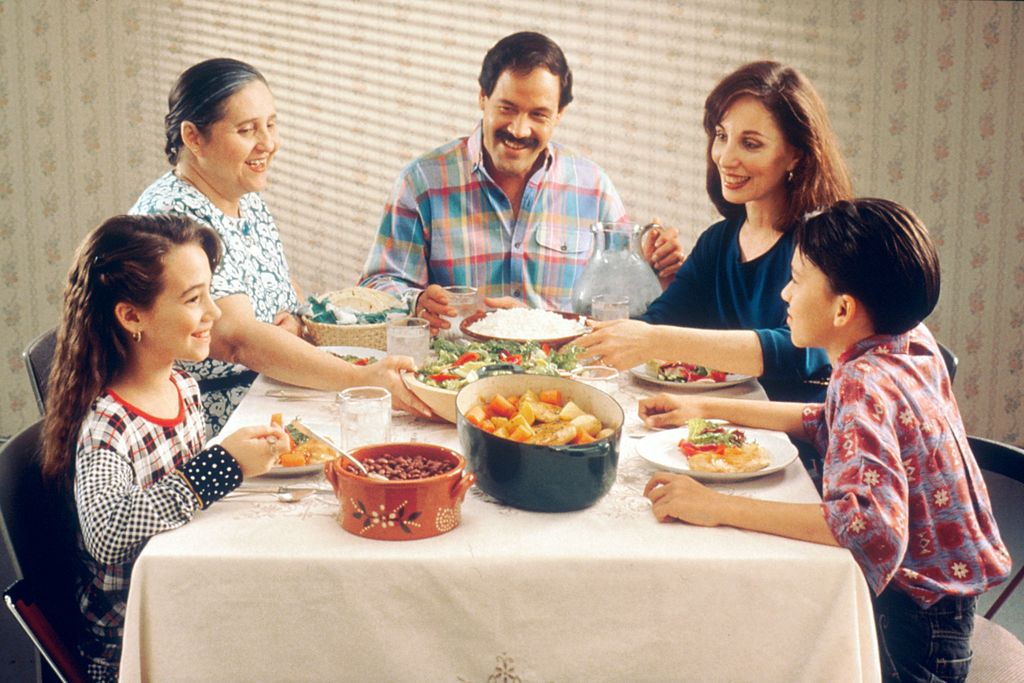
8. **Sunday Family Dinners**For many American families, gathering around the table every Sunday for a big meal was once a deeply cherished event. It was a dedicated time to reconnect, share the week’s news, and savor delicious home-cooked food. These meals often extended beyond the immediate household, with extended family members frequently joining, creating vibrant, multi-generational gatherings that filled homes with laughter and conversation.
This weekly ritual was far more than just a meal; it served as a sacred space for connection in an increasingly busy world. These dinners were instrumental in strengthening family bonds, fostering a sense of togetherness, and creating a treasure trove of lasting memories. They provided a consistent rhythm to family life, offering a reliable anchor in the ever-shifting currents of daily existence.
However, this beloved tradition is gradually fading. Modern life, with its demanding and often conflicting schedules, along with non-traditional work hours, has made consistent Sunday gatherings challenging. The convenience of fast food and the proliferation of delivery apps have further shifted priorities, making the home-cooked Sunday dinner less of a necessity and more of a nostalgic memory for many households.
This cultural shift carries significant implications. For many families, the meaningful face-to-face time that was once a cornerstone of Sunday dinners is now being replaced by screen time. This transition raises questions about the long-term consequences for family cohesion and the unique form of intergenerational connection that these shared meals once effortlessly provided.
Read more about: Beyond Broke: Some Essential Money Habits That Define the Financially Savvy

9. **Cursive Writing**Learning to write in cursive was once a standard and deeply ingrained part of elementary school education across America. Students would diligently practice forming flowing letters, meticulously connecting them smoothly, and eventually developing their own distinctive personal signature styles. This practice was not merely about penmanship; it was viewed as a more formal, efficient, and elegant way of writing, embodying a certain grace.
Beyond its aesthetic and practical appeal, cursive writing held significant historical and cultural weight. It was seen as more than just a writing technique; it was an expression of individual identity. Furthermore, countless important historical documents, from personal letters to official decrees, were originally penned in cursive, underscoring its foundational role in record-keeping and communication for generations.
Yet, with the relentless rise of digital communication, the practice of teaching cursive in schools has significantly declined. Many school districts have made a conscious decision to remove cursive from their curriculum, opting instead to focus predominantly on typing skills. The shift reflects a modern educational priority towards digital literacy over traditional handwriting.
As a direct result of this educational evolution, a growing number of children and teenagers are now unable to read or write in cursive at all. The loss of this fundamental skill represents more than just a change in penmanship; it signifies a broader cultural shift away from personalized expression and, perhaps more critically, an erosion of historical literacy, potentially creating a disconnect with past written records.

10. **Quilting Bees**Quilting bees were once far more than simple crafting circles; they served as vital community gatherings, particularly for women, throughout American history. These social events brought women together not only for the collective creation of quilted blankets for various purposes – such as weddings, new babies, or charitable initiatives – but also to foster deep social bonds. They were lively spaces where stories were exchanged, wisdom was shared, and enduring friendships were forged.
Originating in early colonial times, these gatherings allowed women to congregate socially while engaged in the communal task of sewing. The collaborative nature of quilting bees meant that skills and intricate patterns were naturally passed down from one generation to the next, often through casual conversation and shared craft. This exchange was a cornerstone of community life, building a strong social fabric.
However, the landscape of social interaction and women’s roles has significantly transformed. While quilting remains a practiced art form today, it is more commonly pursued in isolation or within organized clubs, rather than the spontaneous, community-wide events of the past. The decline is also linked to changing societal expectations, as women are no longer primarily restricted to domestic activities such as sewing.
The disappearance of traditional quilting bees signals a broader and more profound trend: the decline of hands-on, face-to-face, intergenerational gatherings. These were the settings where practical skills were honed, life stories were recounted, and community spirit was fortified through shared activity and personal interaction. Their fading presence marks a shift away from a cherished form of communal engagement.
Read more about: The Enduring Allure of Home-Based Crafting: Unleashing Creativity in a Changed World

11. **Town Hall Meetings**Traditional town hall meetings once stood as a pure embodiment of grassroots democracy, providing citizens with an invaluable opportunity to directly voice their concerns, actively participate in local decision-making, and hear straight from their elected officials. These gatherings were fundamental to the functioning of local government, fostering direct engagement and accountability.
These forums represented a critical avenue for community members to engage with the issues that directly impacted their lives. They allowed for robust public discourse, offering a platform where opinions could be shared, questions could be asked, and the collective will of the community could be expressed. It was a foundational component of civic participation.
However, in today’s increasingly fast-paced and digitally driven world, attendance at these traditional in-person meetings has plummeted dramatically. The advent of social media, livestreams, and online petitions has presented citizens with alternative, often more convenient, avenues for civic participation. While these digital platforms offer accessibility, they tend to make engagement less personal.
The implications of this shift are considerable. While virtual options undeniably increase access for some, the absence of in-person dialogue inherent in traditional town hall meetings removes a crucial human element. This direct, face-to-face interaction was once instrumental in building trust and fostering transparency within local government, a quality that is more challenging to replicate in purely digital spaces.
Read more about: Unlock Your Radiance: 15 Confidence-Boosting Style Essentials for Women Over 60
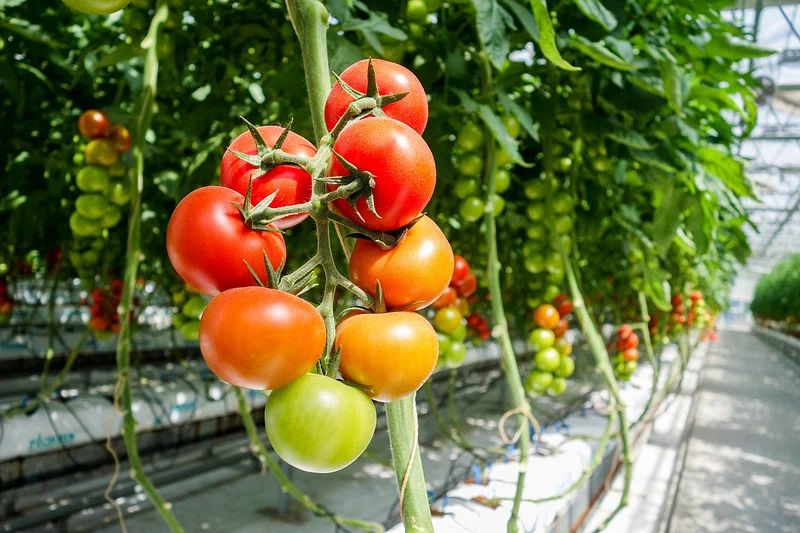
12. **Home Gardening**For many American families, particularly during significant historical periods like the World Wars, home gardening was a widespread and essential practice. These “Victory Gardens” and subsequent family plots, maintained well into the 1970s and ’80s, provided fresh produce and fostered a deep sense of self-reliance. Gardening offered not just sustenance, but also a therapeutic connection to the natural world.
This enduring tradition allowed households to cultivate their own fruits, vegetables, and herbs, ensuring a supply of fresh, healthy food. Beyond the tangible harvest, the act of tending a garden provided a rhythmic engagement with nature, offering a calming counterbalance to the demands of daily life and promoting a tangible connection to the earth.
Today, however, that connection to the soil is noticeably dwindling. The rise of urban living, coupled with increasingly demanding time constraints and the sheer convenience offered by supermarkets and meal delivery services, has led to a significant decline in home gardening. The immediacy of store-bought produce often overshadows the satisfaction of homegrown harvests.
While backyard gardening still sees occasional surges in popularity, often during periods of economic uncertainty or renewed interest in sustainable living, it is no longer the routine tradition it once was for most American households. The shift represents a broader disconnection from direct food production and a greater reliance on commercial food systems.
Read more about: Giant Eagle’s Digital Price Tag Revolution: Real-Time Savings, Future-Forward Shopping, and the Evolving Retail Landscape

13. **Roller Skating Rinks**Roller skating rinks were once iconic social hubs and beloved hangout spots that resonated deeply with American teens and families alike. The distinctive sound of wheels gliding on a wooden floor, combined with the vibrant, colorful lights and upbeat music, created an unmistakably lively and exhilarating atmosphere. These rinks were synonymous with youthful energy and communal fun.
Beyond being a place for physical activity, roller rinks were essential venues for socialization, hosting everything from birthday parties to romantic couples’ skate nights. They offered a unique setting where friendships blossomed, and nascent romances often took their first tentative spins under the disco ball. It was a cherished pastime that blended exercise with social interaction in a vibrant, engaging environment.
Despite their past popularity, roller rinks are now significantly less widespread. As technology has increasingly drawn young people indoors, and fitness trends have diversified and evolved, these once-bustling venues have become progressively rarer. Many rinks have struggled with rising operational costs and declining attendance, finding it difficult to compete with new forms of entertainment.
Indeed, the closure of these once-popular establishments signifies a notable shift in how Americans, particularly younger generations, choose to socialize and spend their leisure time. Where once the roller rink offered a physical space for collective enjoyment, its decline points to an increasing fragmentation of social activities, often replaced by digital entertainment and newer, trendier fitness fads.
Read more about: Hilarious, Bizarre, and Questionable: The Most Unbelievable Bumper Stickers

14. **Boardwalk Amusement Parks**Boardwalk amusement parks once held a significant place in the fabric of many American family vacations, especially during the warmer months. These vibrant parks, typically nestled along scenic coastal areas near beaches, offered an enticing array of rides, lively games, and classic boardwalk foods. Families could easily spend hours enjoying the thrill of roller coasters, the iconic Ferris wheels, and the simple joy of arcade games, creating indelible memories.
These parks provided a quintessential summer experience, drawing visitors with their unique blend of thrill and relaxation. The ocean breeze, the scent of saltwater mixed with funnel cake, and the cacophony of joyful screams and arcade sounds created an immersive sensory experience that defined a particular kind of American leisure.
However, in the contemporary entertainment landscape, boardwalk amusement parks are experiencing a decline in popularity. They face stiff competition from larger, more technologically advanced theme parks and modern attractions that often offer more immersive and diverse experiences. This shift in consumer preference has drawn visitors away from the traditional boardwalk offerings.
Adding to their challenges, changing weather patterns and the increasing threat of rising sea levels pose significant environmental risks to these coastal attractions. The combination of evolving entertainment options and direct climate threats makes it increasingly difficult for these beloved parks to survive and thrive, marking the slow fading of another iconic American pastime.
Read more about: Top US Spots for Safe & Unforgettable Solo Female Adventures
While change is an undeniable constant in the tapestry of human existence, the quiet fading of these distinct American traditions leaves behind more than just warm, fleeting memories. They represent a profound shift in the fundamental ways we connect, communicate, and celebrate what it truly means to be part of a community. As we look towards the future, it compels us to ask: what new customs will emerge to fill these spaces, and are we inadvertently losing something essential in this process? Whether through a renewed embrace of nostalgia or a thoughtful revival of their core spirit, honoring these customs—even in the smallest, most personal ways—can help to preserve the enduring spirit of shared identity and togetherness that has always defined the vibrant mosaic of American life.



